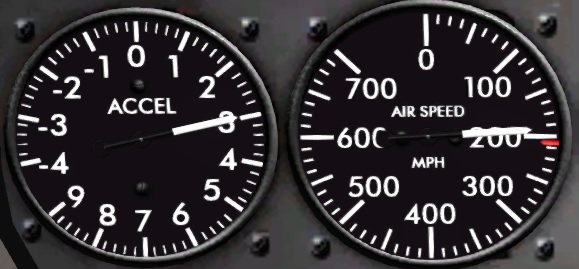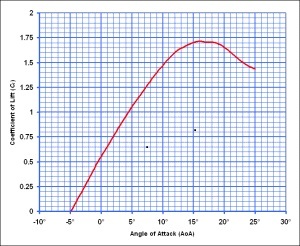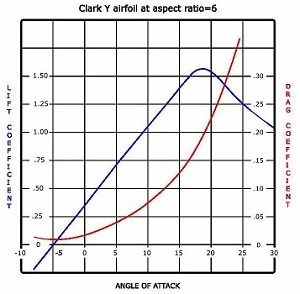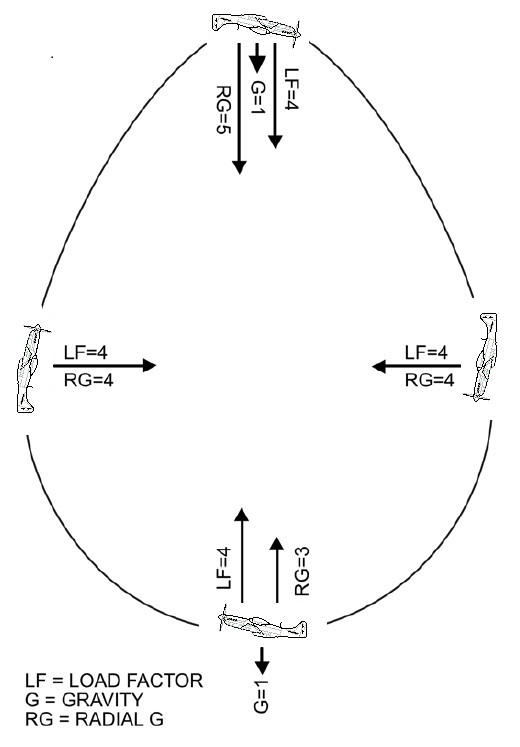Comparing turn performance.
When we consider turn performance in air combat we often compare turn rates and turn radius between aircraft. Unfortunately we don't have turn rate or radius gauges in our cockpit. Instead we have our speedometer and accelerometer to define our turns. The speedometer gives us our indicated airspeed, we use indicated airspeed to allow for air pressure differences, and the accelerometer tells us how much radial g we are creating with lift. For a given indicated speed, say 200mph, the higher g load is the better turn rate and smaller radius. For a given load factor, say 3g, the lower speed is the better turn rate and smaller radius. So 3g is a better turn at 200mph than 2g, and 3g is a better turn at 150mph than at 200 mph.

Turns may be sustained or instantaneous.
A sustained turn is a balance of lift, drag, and thrust which results in a particular speed and load factor. As lift changes so does drag and speed, as speed changes the maximum available g load also changes. This is why a hard turn will slow you down and once you're slow you can't turn as hard. The combination of speed and g that gives the best sustained turn is generally the slowest speed where the max g is 2.7-3g, depending on aircraft model and weight. This is known as your best sustained turn.
Instantaneous turns refer to the highest g you can pull at your current speed. Because of the drag created by the increased lift the instantaneous turn is not sustainable unless you trade altitude for enough speed to overcome the extra drag.
The slowest speed that allows the highest safe load factor is called corner speed. This is your best rate and smallest radius turn. In Aces High we black out at 6g so we consider the tunnel vision preceding blackout to indicate our best high speed turn and the slowest speed we can pull to tunnel vision is our corner speed.
Turning near the stall.
Increasing AOA, the angle of attack that the moving wing meets the air, increases lift up to a point. That point is called the critical AOA. Increasing lift beyond the critical AOA creates a sharp increase in drag along with a decrease in lift. As AOA increases a few degrees past critical the airflow separates from the wing and lift is lost.
Because speed affects available g we want to avoid extra drag when maximizing our turns but we want max lift. Aces High gives us a stall warning horn a few degrees prior to the critical AOA. When airflow separation occurs on any part of the wing Aces High gives us a stall buffet indication with the cockpit shaking and a stall buffet sound. This lets us know when we are close to max lift, we hear the stall horn, and when we are turning too hard, we have buffeting.
The AOA/Lift graph shows coefficient of lift changing with AOA for a typical AH airfoil. The critical AOA at CLmax is at 16 degrees in this graph.

The lift/drag graph, from a different airfoil, shows how drag increases beyond the critical AOA while lift peaks then reduces.

The energy egg shows the effect of gravity on vertical maneuvering. Radial g and load factor are the same in the pure vertical but gravity increases the load factor 1g at the bottom of the loop and reduces the load factor 1g at the top of the loop. This means your best vertical turn typically occurs when inverted at the top of the loop.








